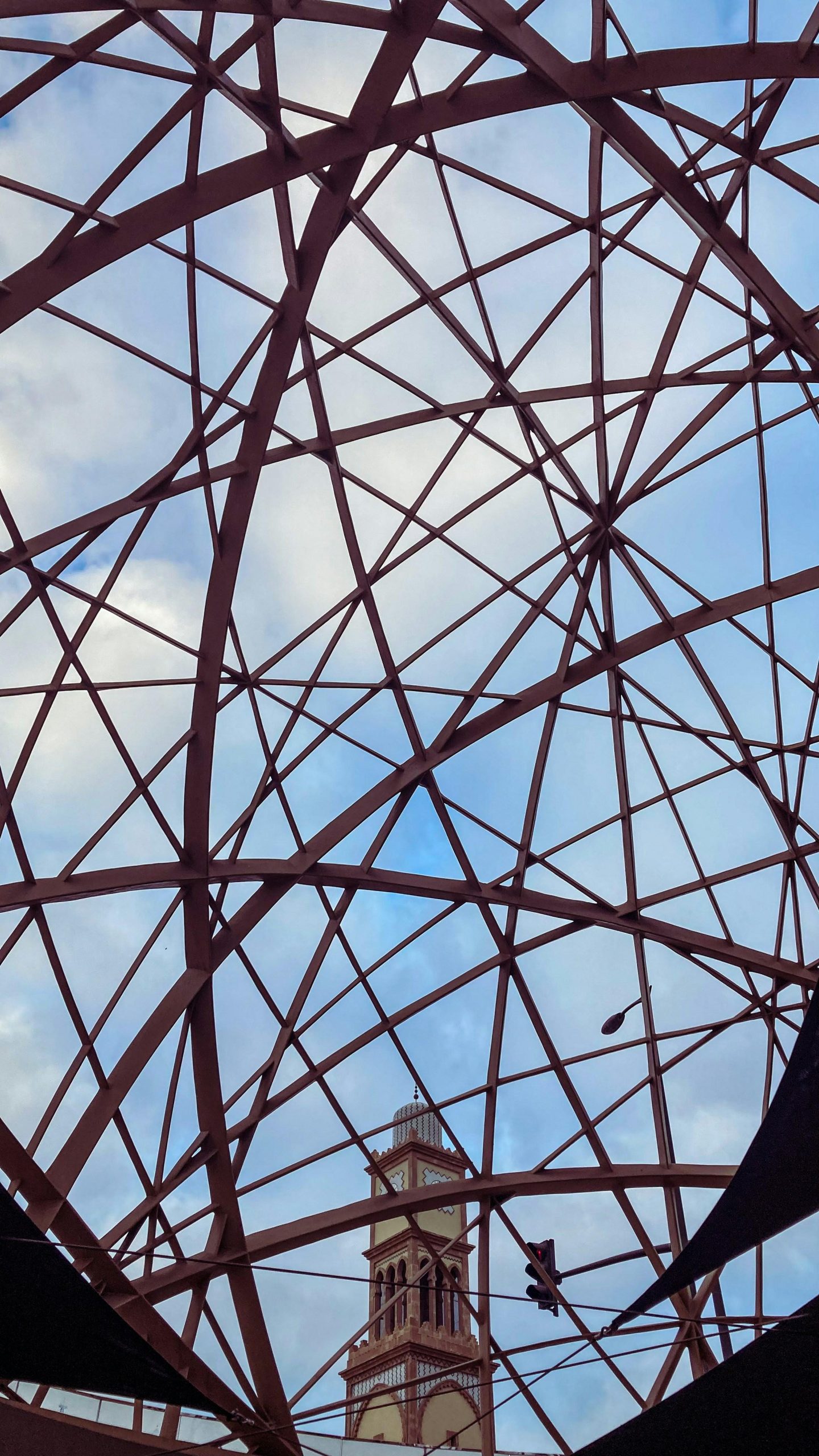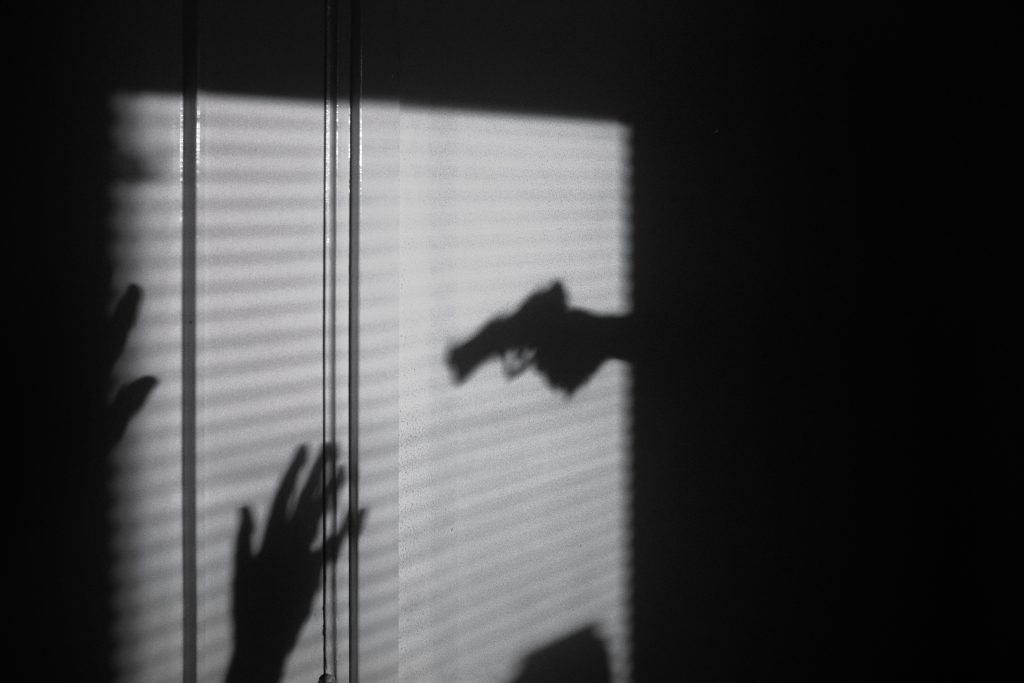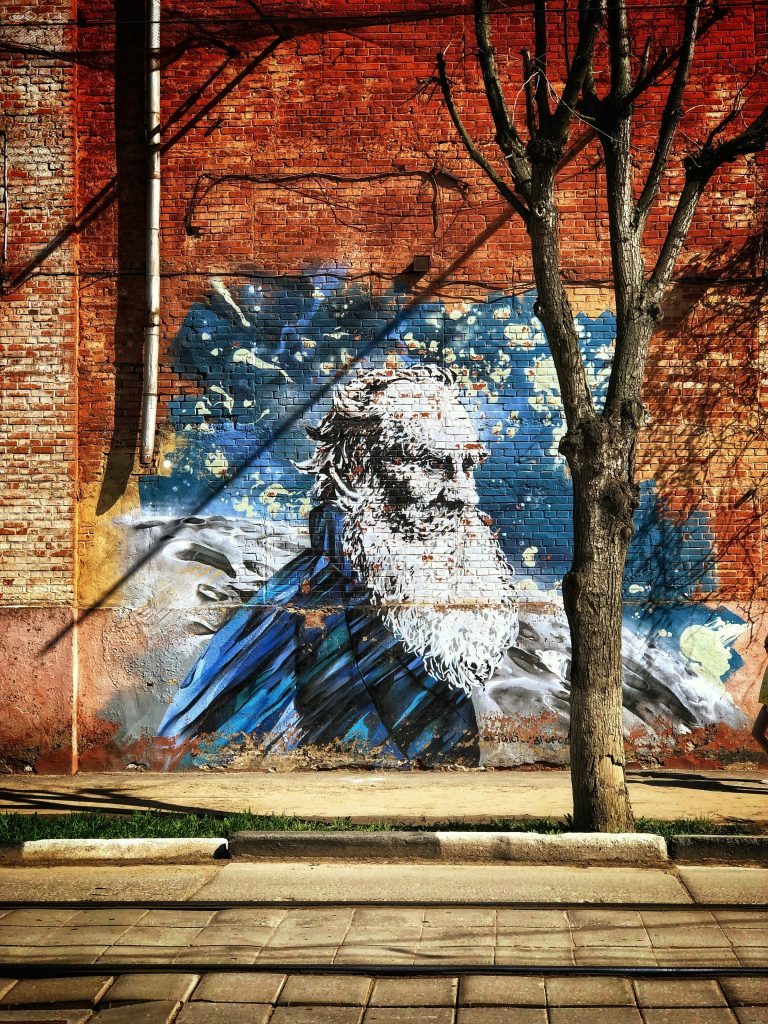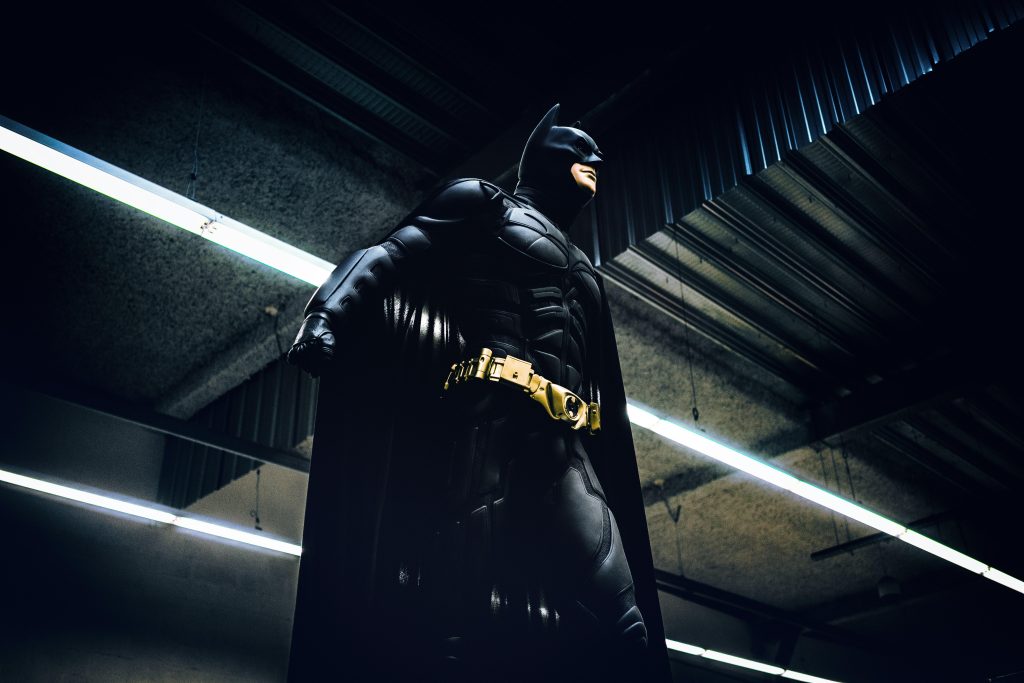In the ever-evolving tapestry of cinema, certain films carve out a niche so profound that they become cultural landmarks, transcending generations and trends. “Casablanca,” with its unforgettable lines and indelible characters, has long been celebrated as one such masterpiece. Yet, as we journey further from its 1942 debut, a question emerges from the shadows of its black-and-white allure: Is “Casablanca” overrated, basking in nostalgia rather than merit, or does it truly possess a timeless magic that continues to captivate the hearts of viewers worldwide? In this exploration, we delve into the film’s enduring legacy, examining the elements that have cemented its status and inviting a fresh perspective on its place in cinematic history. Join us as we unravel the mystique of “Casablanca,” navigating between the echoes of its past and the whispers of contemporary critique.
Cinematic Masterpiece or Nostalgic Relic
When one thinks of classic cinema, few films evoke the same reverence as Casablanca. Its iconic lines, unforgettable music, and a backdrop of wartime romance have cemented it in the annals of film history. Yet, the question remains whether this film is a cinematic masterpiece or merely a nostalgic relic. On one hand, it showcases exceptional performances from Humphrey Bogart and Ingrid Bergman, weaving a tale of love and sacrifice that transcends generations. On the other, some argue that its narrative simplicity and reliance on wartime sentimentality might not resonate with contemporary audiences.
- Artistic Direction: The film’s black-and-white palette adds a timeless quality, with Michael Curtiz’s direction guiding viewers through a labyrinth of emotions.
- Memorable Dialogue: Lines like “Here’s looking at you, kid” have become cultural touchstones, but do they overshadow the film’s deeper themes?
- Musical Score: Max Steiner’s score, especially “As Time Goes By,” continues to evoke a sense of longing and nostalgia.
Ultimately, whether Casablanca is overrated or timeless depends on one’s perspective. For some, it remains a paragon of classic Hollywood storytelling, while others might see it as a film whose glory is tied more to its historical context than its intrinsic merits.

Exploring Casablancas Cultural Impact
Casablanca, often hailed as a cinematic masterpiece, has etched its mark not only on film history but also on cultural consciousness. The film’s influence extends beyond its iconic lines and memorable scenes; it has become a symbol of classic Hollywood romance and intrigue. Its timeless appeal is evident in the way it has been referenced and parodied in countless other works of art, from television shows to literature. The film’s dialogue, particularly the often misquoted “Here’s looking at you, kid,” has entered the lexicon, further cementing its status as a cultural touchstone.
Moreover, the film has inspired a myriad of creative works and continues to be a subject of academic discussion. Consider its impact through:
- Fashion: The wardrobe choices, especially Ingrid Bergman’s elegant ensembles, have inspired fashion designers for decades.
- Music: The song “As Time Goes By” remains a classic, often covered by artists seeking to capture its nostalgic essence.
- Political Commentary: The film’s setting during World War II and its themes of resistance and sacrifice resonate with audiences worldwide, offering a lens through which to explore complex political narratives.
While some may argue that the film’s acclaim is overstated, its undeniable influence on culture and art suggests a legacy that is anything but overrated.

Analyzing the Films Timeless Appeal
To understand why Casablanca remains a beloved classic, we must delve into the elements that contribute to its enduring charm. First, the film’s impeccable storytelling stands out. The plot, set against the backdrop of World War II, weaves together romance, sacrifice, and political intrigue, creating a narrative that resonates across generations. Second, the memorable performances by Humphrey Bogart and Ingrid Bergman elevate the film to iconic status. Their chemistry is palpable, transforming a wartime love story into an emotionally charged masterpiece.
- Universal Themes: The exploration of love, duty, and moral dilemmas strikes a chord with audiences worldwide.
- Iconic Dialogue: Lines like “Here’s looking at you, kid” have transcended the screen, becoming cultural touchstones.
- Atmospheric Setting: The exotic allure of Casablanca, with its smoky bars and clandestine meetings, adds a layer of intrigue.
Moreover, the film’s technical aspects, from its cinematography to its music, create a cohesive and immersive experience. The combination of these elements ensures that Casablanca is not just a relic of the past but a film that continues to captivate new audiences, affirming its status as a timeless classic.

Viewing Recommendations for Modern Audiences
For those exploring whether “Casablanca” resonates with modern sensibilities, consider these viewing strategies to enhance your experience:
- Contextual Lens: Delve into the historical backdrop of World War II, as understanding the political tensions and societal norms of the 1940s can enrich your appreciation of the film’s narrative depth.
- Character Focus: Observe the intricate character dynamics. Rick Blaine’s transformation from a cynical expatriate to a man of moral conviction offers a timeless exploration of personal growth and sacrifice.
- Cinematic Craftsmanship: Pay attention to the film’s technical aspects. The innovative use of lighting and camera angles creates a visual language that speaks volumes, making it a masterclass in filmmaking.
By approaching “Casablanca” with these elements in mind, contemporary viewers may find new layers of relevance and artistry that transcend its era, affirming its status as a cinematic masterpiece.









